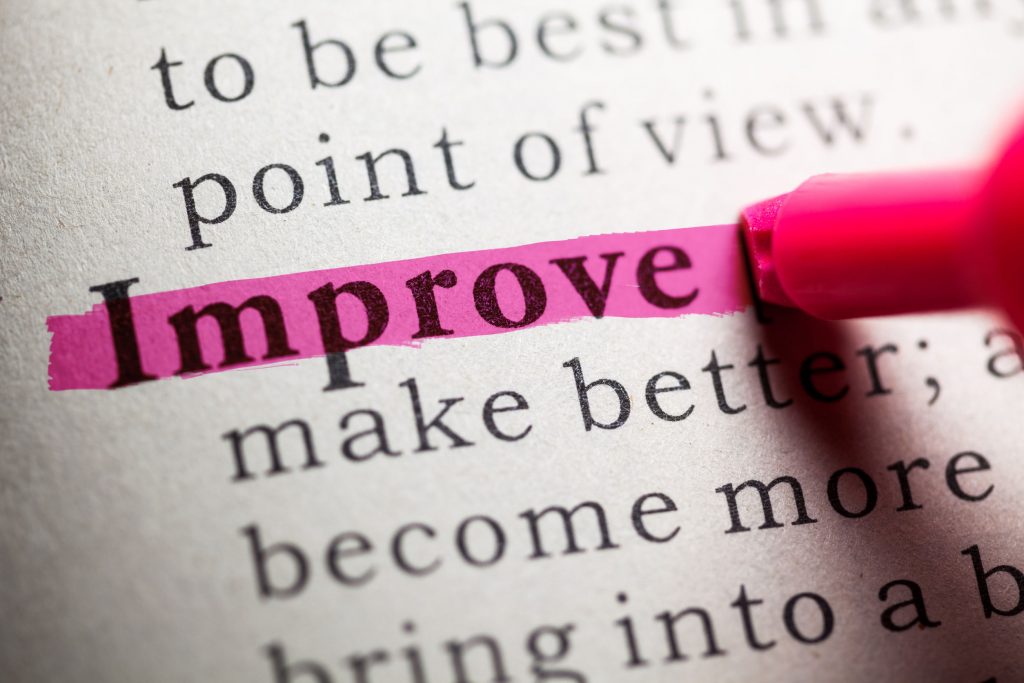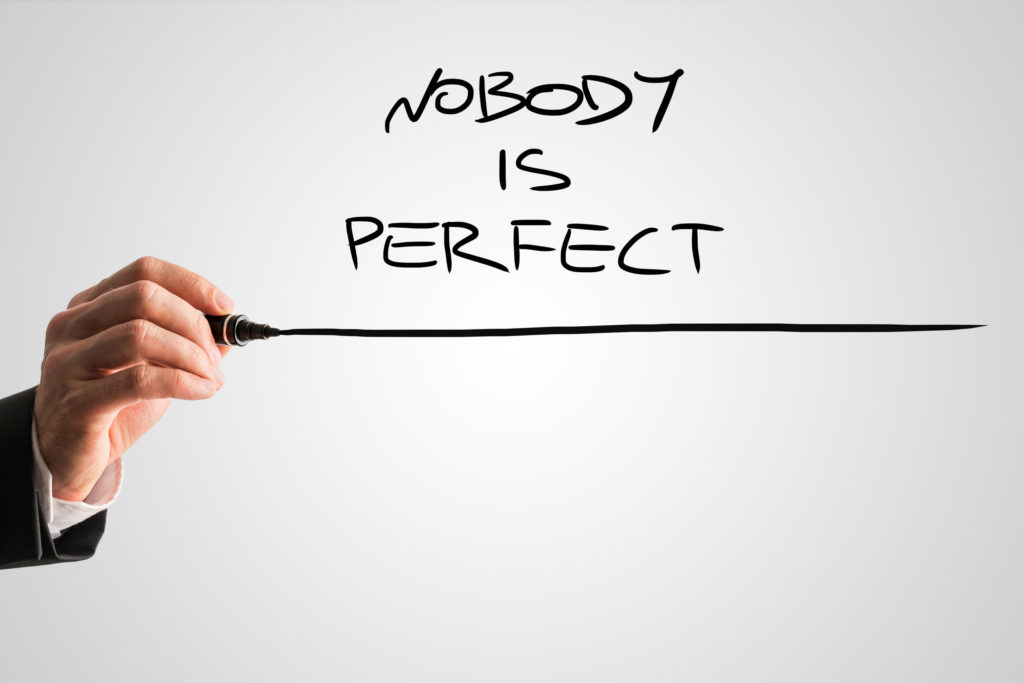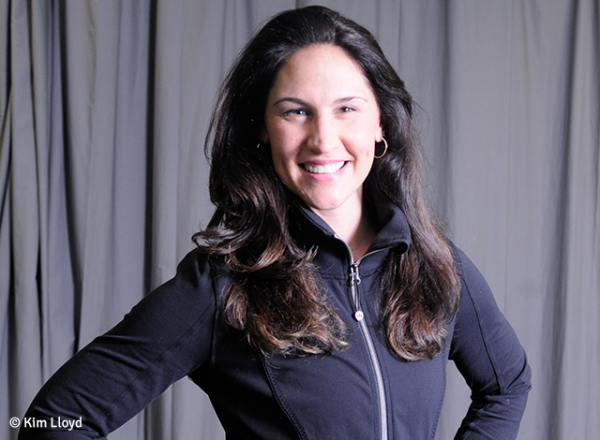I had every intention of starting off the new year with some witty, yet informative prose. One my goals for 2019 is to get back on track with more consistent writing.
Lets do this….
As it happens, my kid got Hand, Foot, & Mouth last week and of course, promptly passed it on to me. I got hammered with a fever over the weekend, and currently my feet feel like I’m walking over hot coals and my hands look like they had sex with a cucumber.
I mean, they’re not green or anything (that would be weird), but they do have bumps all over them which is super attractive.
Nonetheless, sick kid + sick Dad = not in the mood to write about undulated periodization, scapular humeral rhythm, or, I don’t know, favorite crayon colors.
Huge thanks to TG.com regular contributor, Dr. Nicholas Licameli, for pinch writing for me today.

Be Like Water
I admire water.
It’s truly an amazing substance for many reasons. It can heal, it can hurt. It can clean, it can contaminate. It can cause frostbite, it can cause a burn. It can flood your basement or it can fill the family swimming pool. It can bring life and it can take life…
What I admire most about water is its ability to change without losing or compromising its true identity. Water can change shape, size, temperature, and even alter its own state of matter, depending on the environment it finds itself in at a particular time.
It is able to change without compromising what it is at its core: water.
“Don’t get set into one form, adapt it and build your own, and let it grow, be like water. Empty your mind, be formless, shapeless — like water. Now you put water in a cup, it becomes the cup; You put water into a bottle it becomes the bottle; You put it in a teapot it becomes the teapot. Now water can flow or it can crash. Be water, my friend.” – Bruce Lee
One may say that water is “flexible.”
The famous Bruce Lee quote above speaks to the importance of being like water and having the ability to conform to whatever container we find ourselves in at a particular moment in time. I’m no martial arts expert by any stretch of the imagination, but this is how Bruce Lee went about his training, fighting, and life.
He was fluid, shapeless, adaptable…he was like water.
It is important to understand that this does not mean we should change who we are depending on the external environment or the group of people we happen to be with.
NEVER BE SOMEONE YOU’RE NOT, JUST TO “FIT IN!”
Stay true to who you are at your core, but be flexible and adaptable. If water is poured into a Gatorade bottle, it does not change itself into Gatorade and try to be something that it’s not. No, not water. Water manages to conform to the unique curves of the bottle, while staying true to itself and remaining, well, water!
Fitness and nutrition often times involve overcoming adversity in order to stick to a plan or routine.
Those plans are often challenged by things like unexpected overtime coverage at work, a sudden leak in the basement, a family illness, a surprise snowstorm that hits and requires shoveling, holidays, the gym opens four hours late because the 17 year old juice bar barista is hungover and overslept…the list goes on.
Are these things going to cause you stress? Or, do you find a way to be fluid and work around them? It is at these times that we need to be like water.
Here’s an example.
You go to the gym with the following plan in your mind: Start with the barbell bench press (must be Monday, Bro), followed by the barbell squat, then some cable curls, and finish up with abs and cardio.
You enter the gym, Eye of The Tiger and Linkin Park blasting through your headphones, ready to raise some hell when all of a sudden…the bench is taken by a group of high school kids taking selfies, someone is curling in the squat rack, and the cable station is taken by that old guy who walks around the locker room completely naked (my eyes can’t unsee some things…).
Now what?
The whole plan is ruined!
Is this going to derail you, kill your momentum and enthusiasm, and throw your whole workout for a loop? Or, do you conform to the container you happened to be poured into? As previously mentioned, do not change the core. Keep the goal the goal and keep the plan the plan, just adapt it.
An example of excessive flexibility and changing at the core would be completely changing the body parts trained or bailing on the entire workout. Properly adapting and being like water could involve substituting the barbell bench press for a dumbbell bench press or Smith machine squats for barbell squats, or dumbbell curls for cable curls.
If you always have an apple at breakfast, but your wife ate the last one without you knowing, is your whole day going to be thrown off kilter? Or will you be able to conform to the current container you find yourself in and have something with similar macronutrients such as an orange, a pear, or some oatmeal instead?
Note From TG: Means for a divorce if you ask me.
Life isn’t perfect.
Life isn’t consistent.
Since the beginning of life on this planet, adaptability has been an evolutionary staple.
Adapt or die, as the saying goes.
Sometimes you have this plan, this perfect step-by-step plan, but the present circumstances do not allow it to be carried out as planned. In these instances, you must be like water, adapt, and work around what the world gives you. Again, that does not mean you should change the entire plan or change who you are depending on the external environment. Always keep the goal the goal, the plan the plan, and stay true to who you are. You can’t control everything so if you find yourself being poured from a perfectly symmetrical drinking glass into an abnormally shaped bottle, stay focused, roll with the punches, be fluid, be flexible, and be like water.
About the Author
 Nicholas M. Licameli, PT, DPT
Nicholas M. Licameli, PT, DPT
Doctor of Physical Therapy / Pro Natural Bodybuilder
Nick believes in giving himself to others in an attempt to make the world a happier, healthier, and more loving place. He wants to give people the power to change their lives. Bodybuilding and physical therapy just act as mediums for carrying out that cause. Love. Passion. Respect. Humility. Never an expert. Always a student. Love your journey.
Youtube: HERE
Instagram: HERE
Facebook: HERE










 Dr. Lisa Lewis is a licensed psychologist with a passion for wellness and fitness. She earned her doctorate in counseling psychology with a specialization in sport psychology at Boston University, and her doctoral research focused on exercise motivation. She uses a strength-based, solution-focused approach and most enjoys working with athletes and athletically-minded clients who are working toward a specific goal or achievement.
Dr. Lisa Lewis is a licensed psychologist with a passion for wellness and fitness. She earned her doctorate in counseling psychology with a specialization in sport psychology at Boston University, and her doctoral research focused on exercise motivation. She uses a strength-based, solution-focused approach and most enjoys working with athletes and athletically-minded clients who are working toward a specific goal or achievement.


